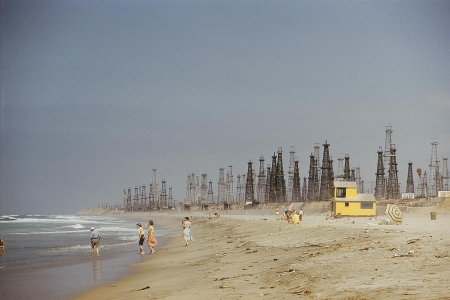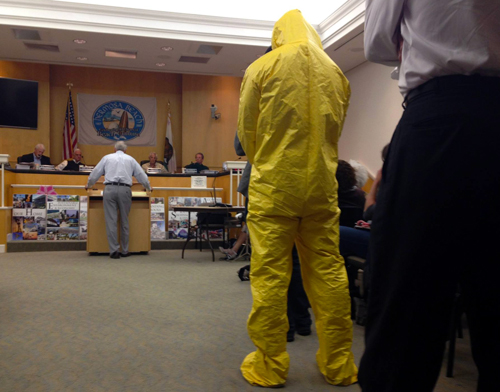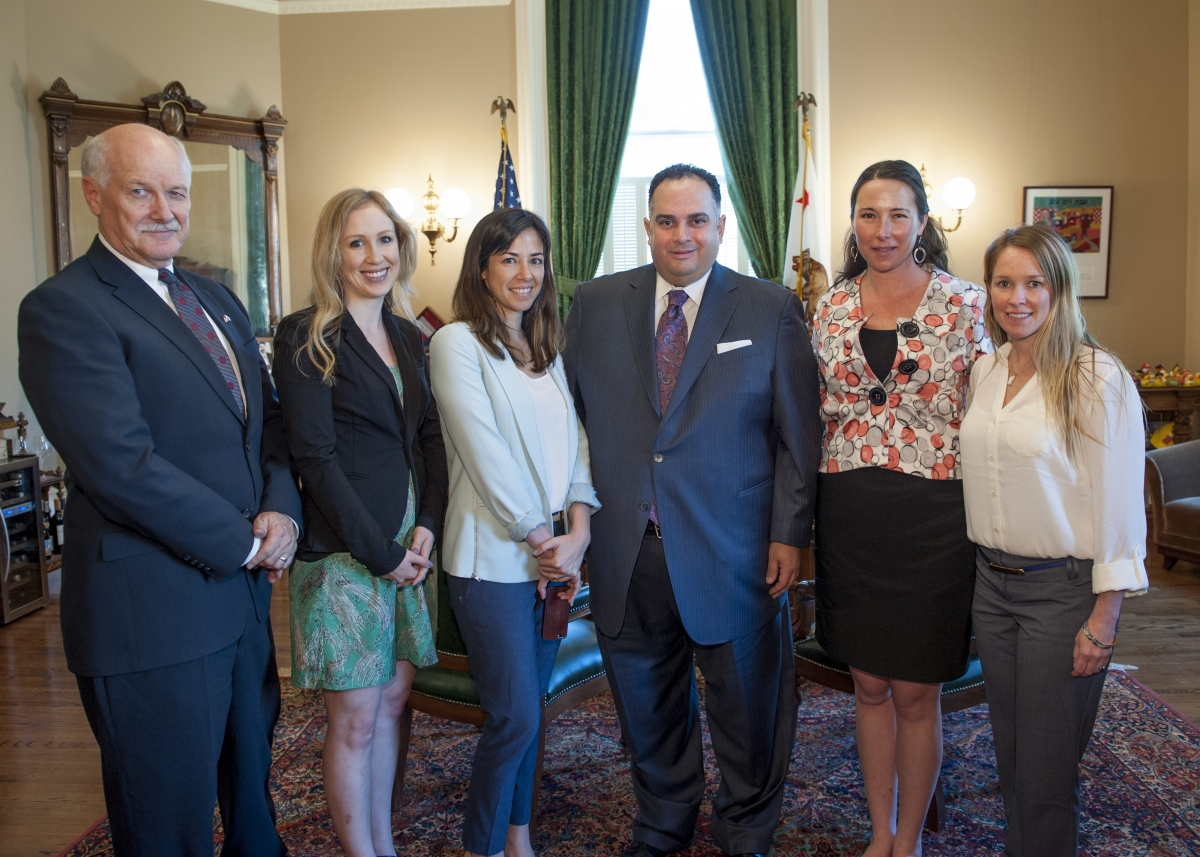Heal the Bay president Ruskin Hartley says it’s time to stop flushing billions of gallons of water into the Bay.
I’d been living in Los Angeles for about six months when a three-day storm hit back in February. I had begun to wonder what all the fuss was about stormwater. Could it really be that bad? Now I know the answer is yes — but not just for the pollution it causes.
I was delighted by the waterfalls that popped up in Topanga Canyon. I was saddened to see the torrent of trash flowing down Chautauqua into the ocean. But what really shocked me was when I learned that the three-day storm, in the middle of an historic drought, flushed enough water into the ocean to meet the needs of our region for one-quarter of a year. That’s crazy.
At a time when cities in Northern California face rationing, and farms in the Central Valley lie fallow, we are flushing billions of gallons of water into the ocean. That same water is causing huge environmental problems because of the trash, pathogens, and toxins it carries. There must be a better way.
Fortunately, there is. There is a growing consensus across the region that stormwater is not just a pollutant, but a valuable source of water. Stormwater capture projects, when done well, deliver water quality benefits, water supply benefits, and bring much needed green space into our city. It is true that stormwater capture is not a panacea for our supply needs. But it is an important part of a portfolio of projects to increase local water reliability that includes water conservation, water recycling, and groundwater cleanup. Today we import 90 percent of our water from more than 100 miles away. At the same time, we dump 350 million gallons a day of treated effluent into the Santa Monica Bay from the Hyperion Treatment Plant, and discharge billions of gallons of polluted stormwater into the bay every time it rains. It’s past time to bring these three separate systems together and focus on an approach to integrated water in our region.
There is some great work underway throughout the region to do this and to deal with stormwater pollution. For example, the Los Angeles Department of Water and Power’s Stormwater Capture Master Plan currently in development is looking at infiltration systems built into city streets and improved spreading grounds to refill our groundwater supplies. Countywide, projects are being developed under the MS4 permit to capture and clean up stormwater. More is needed to integrate these projects and look across agency jurisdictions, but that’s not the biggest challenge. What is missing is funding.
In November 2004, voters in the City of Los Angeles approved Proposition O — the Clean Water, Ocean, River, Beach and Bay measure — with an overwhelming yes vote. In the past decade, Prop O has funded dozens of projects, including the restoration of Echo Park Lake and installation of thousands of trash capture devices in storm drains. But as of January 2014, almost $492 million of the $500 million bond was obligated. These projects are helping to get us on track, but there is much more to be done. Without new funding, the rivers, creeks and beaches throughout our region will continue to be polluted.
With the increased consciousness caused by the drought, now is the time for some bold moves. We call on the state legislature to move a water bond that prioritizes investments in local water, including stormwater capture, water recycling, and groundwater cleanup. While they are at it, California lawmakers need to pass reforms that enable municipalities to more easily raise fees for stormwater cleanup. Why should stormwater projects have a higher bar than water supply or refuse pickup? At the local level, we call on our political leaders to prioritize funding for local water, either as stand-alone or part of other infrastructure measures. Potholes may be an annoyance, but water is literally life and death. And at the community level, we encourage everyone to do their part by conserving potable water and capturing stormwater through rain barrels and rain gardens. Become informed about where your water comes from.
It’s an exciting time to be working on water in our region. Join us and be a part of the future of Los Angeles.




 At a recent Hermosa Beach city council meeting convened to discuss the draft EIR, a room packed with project opponents
At a recent Hermosa Beach city council meeting convened to discuss the draft EIR, a room packed with project opponents  What about our local water quality? As stated in the EIR, “although mitigation measures would reduce potential water quality impacts associated with a large spills, the residual impacts to water quality would remain significant and unavoidable, based on the severity of impacts.” We’re talking about groundwater contamination, polluted oceans, and poor beach water quality. Is this really the vision for the South Bay? Is this our future? Our legacy to future generations?
What about our local water quality? As stated in the EIR, “although mitigation measures would reduce potential water quality impacts associated with a large spills, the residual impacts to water quality would remain significant and unavoidable, based on the severity of impacts.” We’re talking about groundwater contamination, polluted oceans, and poor beach water quality. Is this really the vision for the South Bay? Is this our future? Our legacy to future generations?
